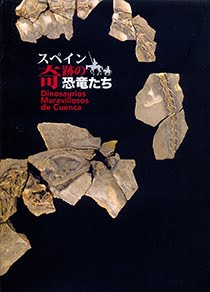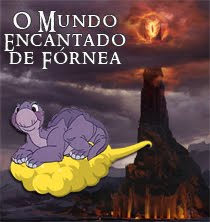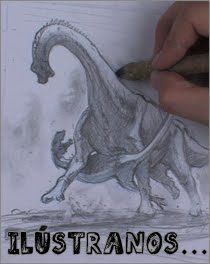Durante el IV Congreso Ibérico de Paleontología y XXXIV Jornadas de Paleontología, celebrado en Vila Real (Portugal) del 26-29 septiembre, Ane de Celis presentó el trabajo titulado “Assessing the abiotic drivers of palaeodiversity in Eusuchia (Crocodyliformes)”.
La temática de este trabajo, realizado junto a Iván Narváez y Francisco Ortega (UNED), trata de responder a una principal pregunta: ¿Podemos atribuir los cambios de diversidad de los cocodrilos modernos a la influencia de algún factor abiótico? En trabajos previos se había asignado la paleotemperatura como el principal factor que controlaría estos cambios, sin embargo, en este trabajo los resultados muestran que la paleotemperatura no es el principal y único impulsor macroevolutivo en este grupo de vertebrados. Por otro lado, parece que tampoco lo son el nivel del mar o los sesgos de muestreo, entre otros factores abióticos clásicamente analizados.
Aquí os dejamos un breve resumen:
INTRODUCTION
The estimation of palaeodiversity and identification of their macroevolutionary drivers through deep time have been a research interest for decades in numerous fossil groups, especially marine invertebrates (e.g. Sepkoski, 1981). These kinds of works are scarcer in vertebrates and, in particular, in terrestrial groups. Recently the study of macroevolutionary drivers is being addressed with new powerful analytical tools and strategies, which allow to reconstruct palaeodiversity curves and analyse them in robust quantitative rather than qualitatively terms.
Some previous research about this topic in Crocodyliformes are by Marwick (1998), which estimates crocodyliform palaeodiversity and relates their shifts to palaeoclimate changes; or by Carvalho et al. (2010), whose work relates qualitatively palaeoclimate and palaeodiversity in Mesozoic crocodyliforms. Besides that, recent works such as those by Martin et al. (2014), Mannion et al. (2015) or Tennant et al. (2016) explore the quantitative relationship between environmental drivers and palaeodiversity at generic level in Pseudosuchia, Crocodyliformes from the Jurassic-Cretaceous periods, and marine Mesozoic Crocodyliformes respectively.
Here we introduce a new project to explore which abiotic parameters are the most plausible candidates to explain changes in subsampled eusuchian palaeodiversity at specific level through their fossil record.
RESULTS AND DISCUSSION
The models selected with AICw as the best ones were palaeotemperature from Zachos et al. (2008) and palaeotemperature from Prokoph et al. (2008), accounting together for about 90% of the total AICw. Both models have a similar AICc and AICw, indicating an equivalent model fit. The pseudo-R2 of those two fitted models show a moderately better performance than that of the null or intercept model with an approximate value of 0.7. However, the lack of statistical significance between palaeotemperature and palaeodiversity in both models suggests that this environmental variable is not a strong driver of long-term trends in eusuchian palaeodiversity. Instead, they suggest that other biotic and/or biotic variables non-tested here may play a bigger role in the macroevolution of Cenozoic modern crocodiles.
These results contrast with those obtained by Mannion et al. (2015), which found a significant relationship between subsampled non-marine genus crocodyliform palaeodiversity, only from North America and Europe, with the δ18O palaeotemperature proxy from Zachos et al. (2008). In contrast our results seem to agree with those by Tennant et al. (2016), which did not find a relationship between subsampled Mesozoic non-marine Crocodyliformes at generic level and palaeotemperature.
CONCLUSIONS
Through the use of recently implemented analytical tools in macroevolutionary studies, such as GLS and SQS, it was discovered that the most important abiotic factor among the ones tested for eusuchian palaeodiversity was palaeotemperature, based in their AICw. Nonetheless, the lack of statistical significance between these parameters do not currently support the results of earlier proposals, in which the main macroevolutionary driver of eusuchian palaeodiversity was found to be palaeotemperature. Therefore, this suggests that other biotic or abiotic parameters non-tested here may play an important role and that the macroevolution of this group may be more complex than previously thought.
-----
Más información:





























No hay comentarios:
Publicar un comentario